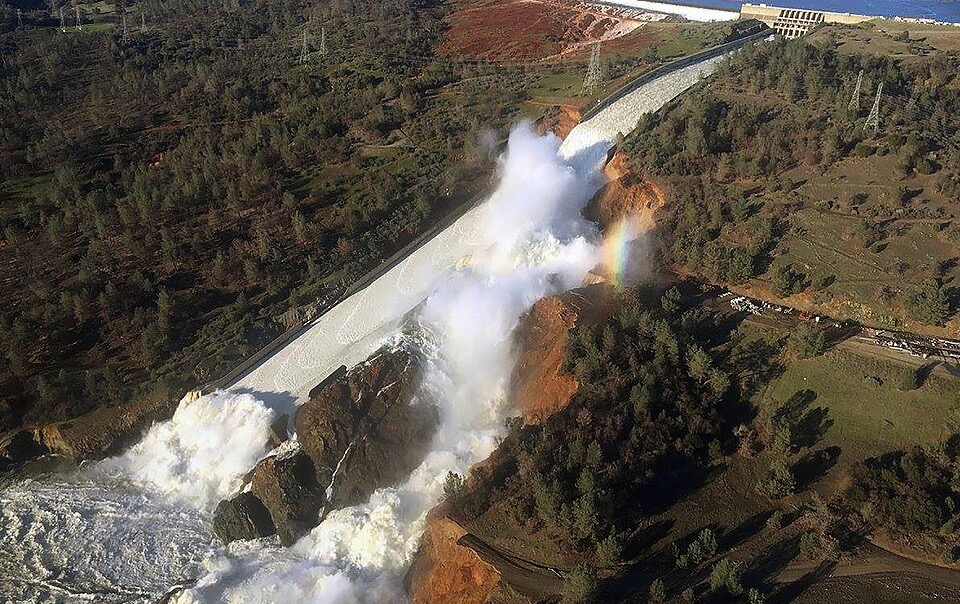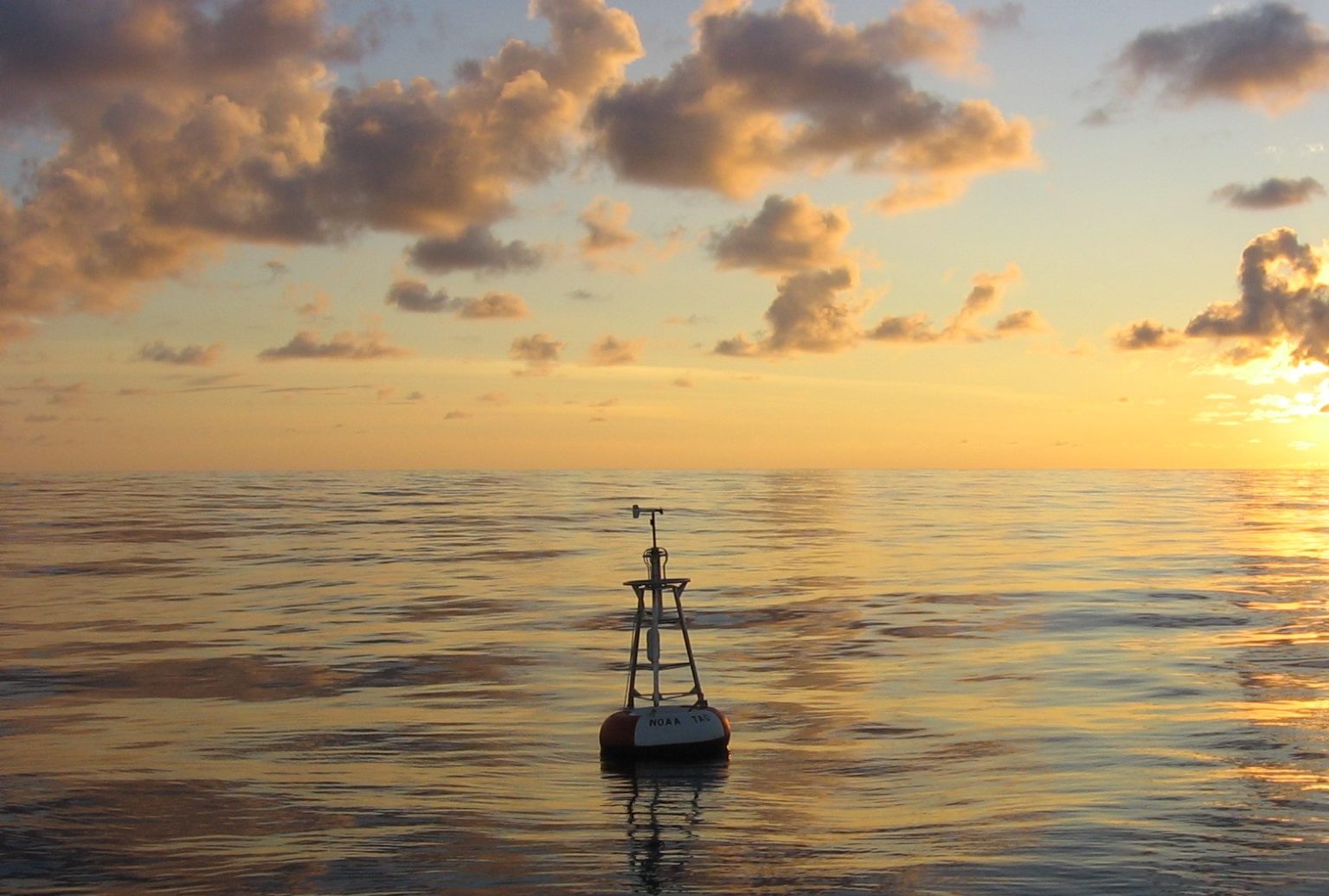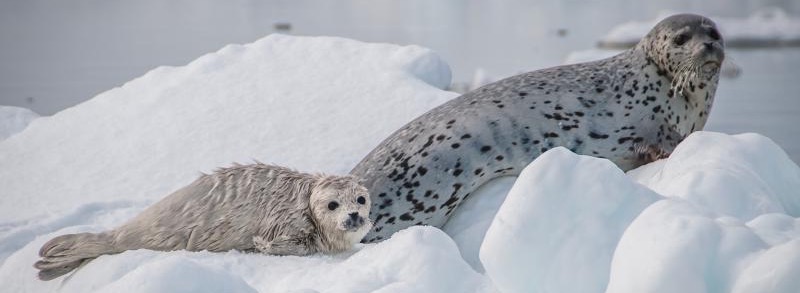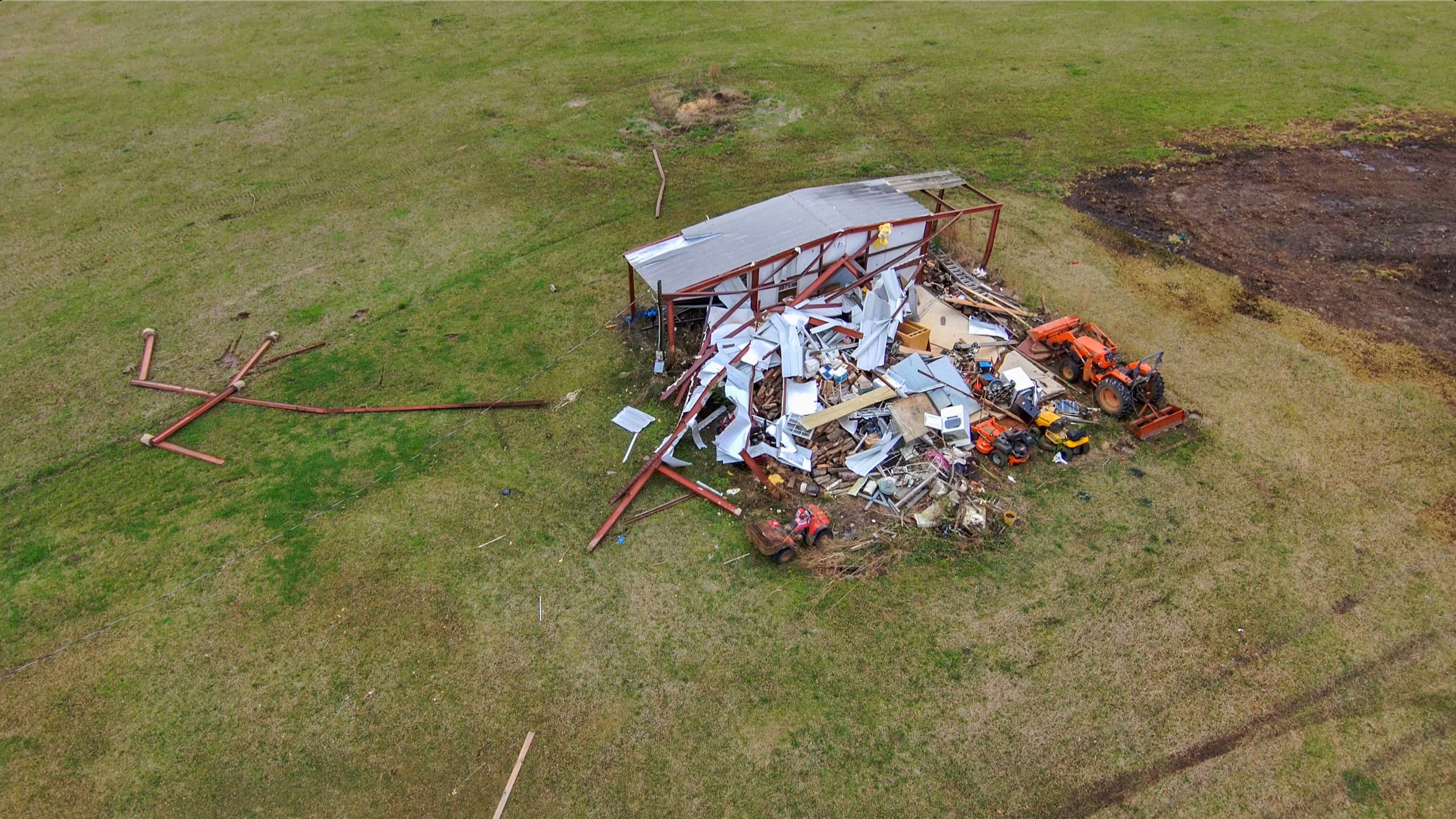WFIP2 model development has focused on the boundary-layer and surface-layer schemes, cloud–radiation interaction, the representation of drag associated with subgrid-scale topography, and the representation of wind farms in the HRRR. Additionally, refinements to numerical methods have helped to improve some of the common forecast error modes, especially the high wind speed biases associated with early erosion of mountain-valley cold pools. This study describes the model development and testing undertaken during WFIP2, and demonstrates forecast improvements. Specifically, WFIP2 found that mean absolute errors in rotor-layer wind speed forecasts could be reduced by 5-20% in winter by improving the turbulent mixing lengths, horizontal diffusion, and gravity wave drag. The model improvements made in WFIP2 are also shown to be applicable to regions outside of complex terrain. Ongoing and future challenges in model development will also be discussed.
Home » Bulletin of the AMS: Improving Wind Energy Forecasting through Numerical Weather Prediction Model Development



